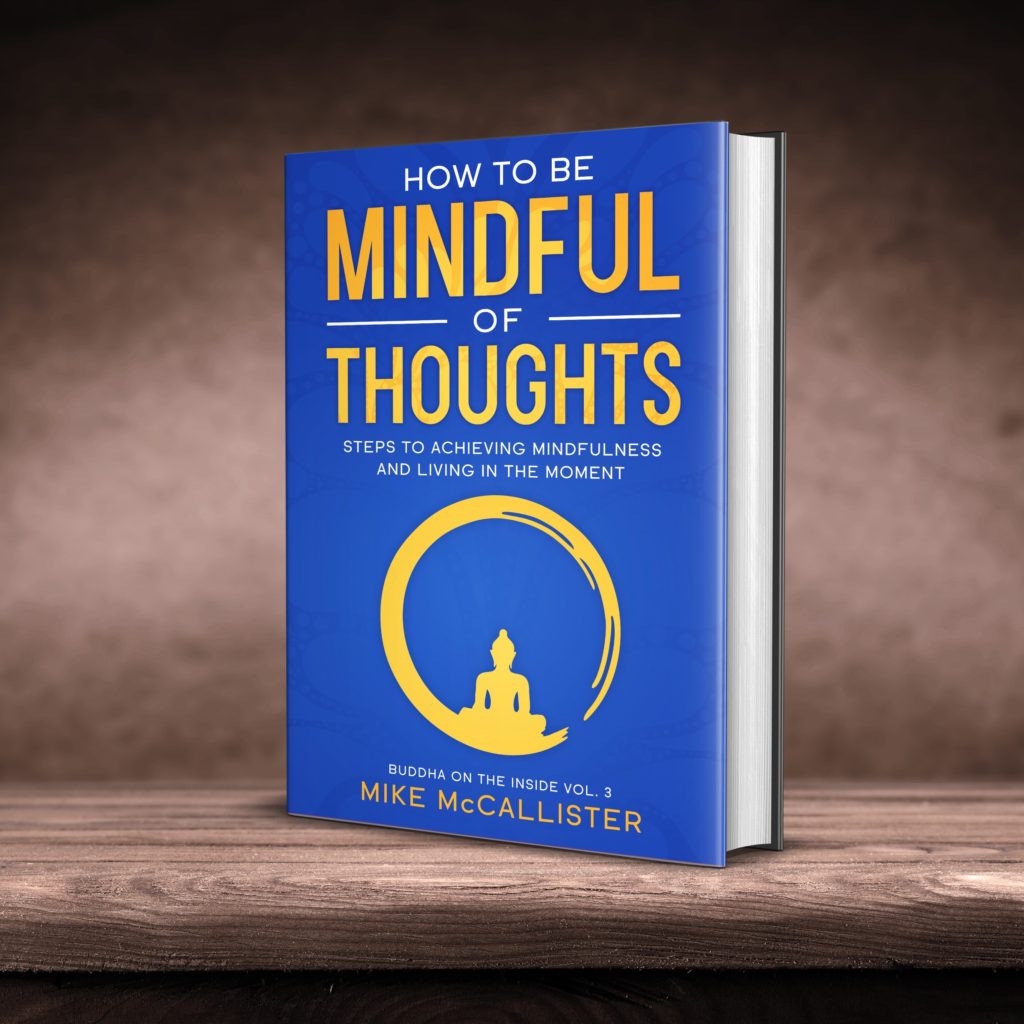
Work-related burnout and stress are two of the principal causes of poor mental and physical health. This perhaps explains why chronic fatigue and burnout have been on the rise among professionals and business owners in recent years.
Both states mostly happen because most people keep pushing their physical and mental limits. They do that by working round the clock, thereby denying themselves time to rest and relax. If you consider the issue, you will realize that chronic fatigue and burnout stem from a lack of mindfulness.
It is easy to stretch your boundaries and exhaust yourself. This is likely to happen when you are not aware of when to stop working and what your body needs. The same may happen when you are not really aware of what you want. On the contrary, nurturing a state of mindfulness can help you combat and save yourself from fatigue and prevent burnout.
A study conducted on 30 executives working in a large oil company showed that mindfulness-based stress reduction training helped them prevent burnout. Mindfulness can do the same for you, provided you practice it as a daily part of your life.
Here is how you can do that:
#: Give your body and mind ample rest
It is very easy to go overboard with your professional commitments. This especially happens if you fail to acknowledge your body’s and mind’s signals for rest. It may make you continue stretching your boundaries, thereby exhausting yourself.
If you work for incredibly long hours, way past your bedtime, you aren’t doing yourself any favors. Both your mind and body need rest; make sure that they get what they need.
According to the American Sleep Association, adults need an average of 7-9 hours of sleep per night. If you don’t this much sleep daily, you are increasing the chances of having mental and physical health problems.
You can use mindfulness principles to rectify that. For instance, you can:
- Set a sleeping and waking schedule, making sure it allows you to sleep for 7 to 9 hours. It is okay to sleep for 5 to 6 hours occasionally, but doing so should not be a routine.
- Stick to your bedtime and rising time, even if you cannot drift off to sleep easily for a few nights. By sticking to your schedule, your body’s internal sleep-regulating clock will soon adjust to the new routine. This will, ultimately, help you sleep peacefully.
- Engage in a soothing activity about 30 to 60 minutes before going to bed. In so doing, you can unwind and initiate sleep quickly. You could take a warm shower, read a book, or meditate.
- Take a 20 to 60-minute nap at least once during the day, preferably in the afternoon. Napping rejuvenates your mind and body, helping you complete your remaining tasks efficiently.
As you start to sleep better, you are likely to start feeling more active, focused, and energized. As a result, you will tend better to your professional endeavors and also keep burnout at bay.
#: Practice body scan meditation
Stress does more than affect the mind; it is also likely to take a toll on your body. Chronic neck, shoulder, back, and body pains are common manifestations of physical stress.
You need to ease the physical symptoms of stress early before they continue to build up and lead to burnout. Body scan meditation is a useful technique you can use for that. I discussed it briefly when talking about ways to make your employees more mindful.
This time, I want you to show you how to use this to tame chronic fatigue.
Here’s how you can practice it:
- After every 2 hours of work, take a quick, 10-minute body scan break.
- Sit comfortably on your chair and relax your body by taking deep breaths.
- Tune into any part of your body where you feel stress and fatigue the most. For most people, that is usually the arms, legs, or soles of the feet.
- Inhale deeply through your nose and focus on the pain you can sense.
- Exhale with more force through your mouth. As you do that, imagine that pain slowly exiting that part of your body. Do that a few times until you feel relaxation seeping into that part of the body.
- If you have time to spare, move on to the next exhausted part of your body.
Perform this quick body scan meditation during your work hours.
Don’t stop there, though; engage in a more extended version of it when you get home from work. After taking a shower, lie down comfortably on your bed.
Tune into your toes, soles of the feet, legs, thighs, stomach, arms, neck, back, and head. One by one, relax every stressed part of your body. The practice often takes only 15 to 20 minutes. However, it will leave every part of your body feeling better than it felt before the exercise.
Engaging in body scan meditation allows you to alleviate your stress daily. In so doing, you can prevent burnout and chronic fatigue easily.
#: Have some ‘Me Time’
The reason why you feel so mentally and physically swamped might be because you don’t spend quality time with yourself. It could also be why you’ve started hating your work. To work against this, engage in a pleasurable activity for an hour daily.
Create a list of things you enjoy doing and integrate them into your daily routine. Doing that will essentially allow you to have some time for yourself daily.
For instance, you could dedicate:
- Mondays to baking
- Tuesdays could be going for salsa dancing with your friends
- Wednesdays could be for cycling for an hour
- And so on
By creating such a daily routine, you will have new rituals to look forward to every day. These routines will undoubtedly leave you feeling alive.
#: Take up meaningful projects only
We often take up projects that don’t align with our core values and strengths. Unfortunately, these only put us through undue stress and fatigue that weighs us down for no reason.
What should you do then?
Well, revisit your core values, strengths, and business vision every few weeks. You want to make sure that the only projects you take up are those that align with these qualities.
By doing this, you will avoid investing your time, energy, and money in meaningless projects. The same applies to projects that may pay well, but compromise your wellbeing and self-growth.
Doing the things you want to do and that you are good at saves you time and energy. All that keeps you from experiencing burnout.
These techniques work wonders. If you implement them, I’m sure that they will help you make progress in your career. What’s more, you are likely to not struggle with over exhausting or over stressing yourself.

In my book – How To Be Mindful Of Thoughts: Steps To Achieving Mindfulness And Living In The Moment (Buddha on the Inside Book 3), I discuss various other approaches you can use to increase mindfulness. Get your copy and see your productivity at work increase rapidly.
Written with beginners in mind, It will teach you:
- The basics of mindfulness, including what it really is, what it entails, how it works and more
- Why you need to nurture mindfulness
- How mindfulness and leadership coexist
- How to transform your life with different mindfulness techniques
- How to observe your thoughts, manage your emotions and feel good with mindfulness-based meditative techniques
- How to make mindfulness part of your everyday life to derive all its benefits
…And so much more!




One thought on “How to Tame Chronic Fatigue and Burnout With Mindfulness-Based Practices”
Comments are closed.